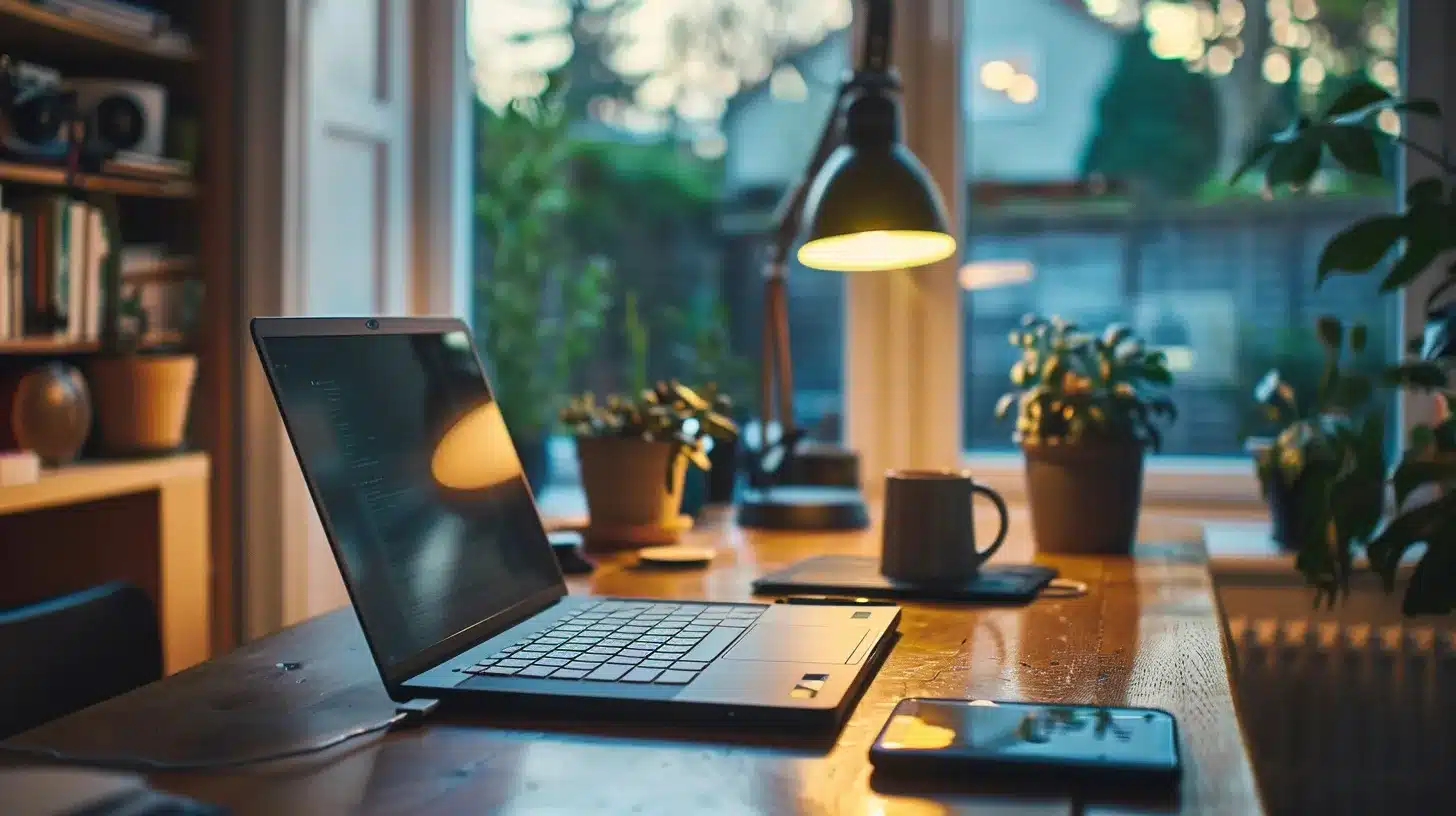Need to Optimize Your WordPress Blog?
With so much talk about the importance of SEO for business success, it becomes quite obvious that you should leverage the opportunities it brings.

If you haven’t already, make sure you optimize your blog posts for SEO so that you can improve your blog’s ranking, bring more targeted traffic in and, in the end, significantly improve your ROI.
Besides, if you’ve spent all that time on creating your content, you want to make sure that people actually end up seeing it. Otherwise, there is really no point in running a blog in the first place.
However, if you’re aware that you need to optimize your WordPress blog posts, yet you don’t really know how to do it, worry not.
We’re here to present you with some easy ways to SEO optimize your blog posts in WordPress and ensure that you check all of those SEO check marks before you hit “Publish.”
These easy steps include, but are not limited to:
- Editing and proofreading your content
- Adding proper images
- Formatting content for SEO and readability
- Adding one-click social sharing options
- Checking your links
- Including a CTA
- Optimizing and adding meta titles and descriptions
So, let’s dive right in.
- Editing and proofreading your content – Optimize Your WordPress Blog
Needless to say, if you want to establish yourself as an industry expert, you need to make sure that you produce only top-quality content. That’s why there is absolutely no room for spelling and grammar mistakes in your blog posts.
Not only will poorly-written content make you come off as sloppy and unprofessional to your readers, but Google doesn’t like it either.
In fact, according to Google, the quality of your content can directly impact your rankings.
With Google EAT gaining so much traction lately, failing to create clean, error-free blog posts won’t really do you much good. Luckily, with tools such as Grammarly, you can easily ensure that your WordPress blog posts are clear and error-free.
- Adding proper images – Optimize Your WordPress Blog
After making sure that your content is spick and span, it’s time to add proper images to it. In WordPress, you can easily do so by placing the cursor where you want the image to be placed and then dragging the image to the WordPress editor.
It’s important to note, however, that not just any picture will do. Instead, you need to make sure it’s relevant for your blog’s topic and properly optimized for SEO.
So, make sure that you insert the picture correctly, i.e., find the right place for them and make sure they’re properly scaled.
Always make sure you upload the images in their original size so that you don’t compromise their quality and only choose to resize them if the file is too big or bloated.
Moreover, see to it that you add alternate text to every image, as this is very important for ranking.
Not only does alt text “describe” your image to search engines, but it also helps visually impaired users who rely on a screen reader to better understand the picture’s context.
In WordPress, you can easily add alt text by clicking the image, after which a pop-up toolbar will appear where you can easily add and change image properties.
- Formatting content for readability – Optimize Your WordPress Blog
Next, after you’ve added the desired pictures to your blog post, you’ll need to go back to it and check its formatting.
In SEO, readability plays a really big role, so you need to make sure to format your posts the right way. Simply put, search engines – as well as readers – don’t really like to be met with a huge chunk of text.
Instead, you should break up your content into more easily-digestible pieces. Also, use bullet points as often as needed and make sure you stay consistent throughout your post.
Moreover, make sure you fix your spacing and remove any unnecessary spaces and enters you may have used.
Add more paragraphs and subheadings to make your content easier to skim through, as not all readers will be willing to go through your entire post in order to find a single piece of information they might be looking for.
And also, make sure that all H2s, H3s, etc., are coded correctly by using WordPress formatting.
- Adding one-click sharing options – Optimize Your WordPress Blog
As you probably already know, being present on social media can really do wonders for your brand in general. That’s why many business owners turn to a reputable digital branding company to help them out.
With proper research, you can easily identify various social media platforms that will suit your content best.
Once you do that, both you and your readers can share your content and boost engagement. However, if you don’t make your content easily shareable, this won’t really be as simple as it may seem.
So, see which WordPress plugins for social media you can use and add a one-click social sharing option to all of your blog posts.
What’s more, you shouldn’t only focus on your post as a whole. Instead, you can also add share buttons to certain parts of it or interesting quotes your audience may be particularly interested in sharing on their own.
- Checking your links – Optimize Your WordPress Blog
Another crucial step in making sure that your WordPress blog posts are well optimized for SEO is checking your links.
No matter if the links in your blogs lead to other websites or internally to your other posts, you need to make sure that all of them work. Broken links will not only affect your readers’ satisfaction but will also be extremely frowned upon by search engines.
On top of that, make sure that the links leading to other websites are set to open in new tabs so that you don’t direct your readers to leave your page in case they choose to explore them further.
You can easily edit any links in WordPress by clicking the link text and then clicking the “edit” button.
Once your link becomes editable, you should click the gear icon to access additional link options. There, you can set up your link however you want it to perform.
- Including a CTA – Optimize Your WordPress Blog
Once you make sure that all of your links are in order, you should scroll down to the end of your blog and see if the CTA (call-to-action) is there. Naturally, if it’s not, make sure you add it.
Simply put, you need to make sure that all of your blog posts contain at least a single CTA so that your followers know what’s expected of them once they are finished consuming your content.
CTAs will not only help inform your reader what they’re expected to do next, but they will also help lead them further down your marketing lifecycle.
So, no matter if you choose to go with a clickable banner or you opt for a linked text, make sure your CTAs appear in or on your blog posts at least once.
- Optimizing meta titles & descriptions – Optimize Your WordPress Blog
Meta titles and meta descriptions play a huge role when it comes to ranking and SEO. Since meta titles DO appear in search results, make sure you add your target keywords to them to ensure that search engines can easily see the terms you wish to rank for.
Meta descriptions, on the other hand, may or may not appear in search results, but it is still important to pay attention to them as well.
To add metas to your blog posts created in WordPress, you can simply use the Yoast SEO plugin to help you out. Once you install the plugin, you can easily find it at the end of your post in the WordPress editor.
With the various options offered by Yoast SEO, you can easily optimize your metas and even preview how they will look in Google SERPs once published.
- To round up – Optimize Your WordPress Blog
Simply creating and publishing your blog posts won’t be enough to ensure that they receive proper exposure and engagement, no matter how well-crafted and high-quality they are.
And while taking care of every single aspect of your blog post may seem a bit too much, trust us – it’s not.
The more attention you pay to not only creating your content but making sure that it’s properly optimized, the better the things you can expect to come your way.
Simply put, you need to let your content shine in the best possible light and pay close attention to details.
If your post has the best possible signals, both your readers, as well as Google will take note, which will soon lead to your blog posts gaining more traction and better exposure. You know what they say, the devil truly is in the details.
So, make sure you pay special attention and spend a few extra minutes on not just creating but optimizing your blog posts before you decide to publish them.

















